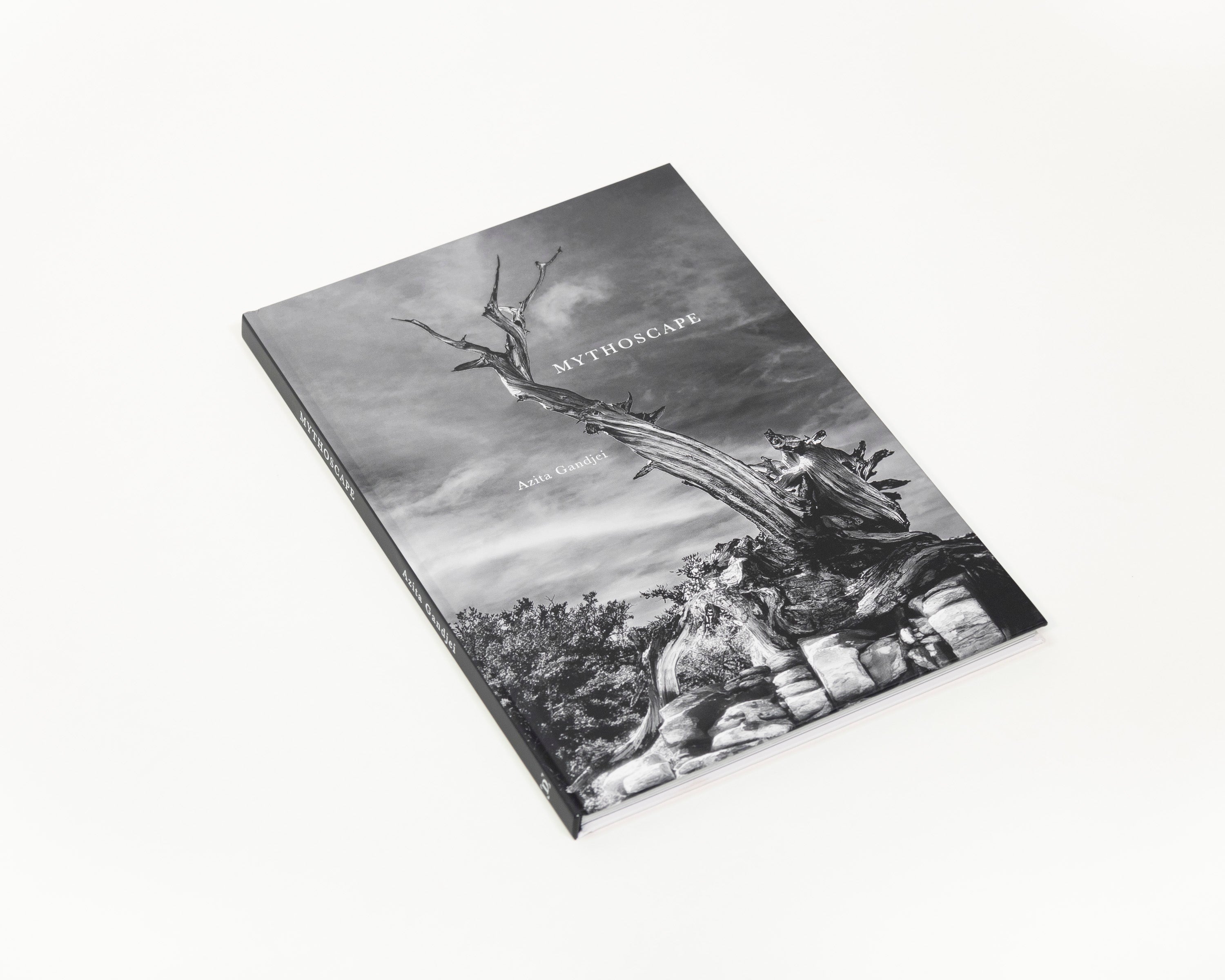Mythoscape and Spirit
Essay by Carol Henry
By shedding societal constraints, Azita Gandjei finds freedom to shape new realms within Mythoscape. Like a seed holding its secret blueprint, when her vision blooms remains unknown. With artistry, she captures humanity on a timeless stage, where her work, though seen now, may only reveal its true depth in the future.

The late, great art critic Susan Sontag refers to this in her essay “Against Interpretation” (1964). Sontag advocated, in defense of art, that what we have learned to call “form” is separated from what we call “content,” though the well-intentioned statement makes “content” essential and “form” an accessory. Or as it is usually put today, a work of art, by definition, must say something. However, Sontag felt that the modern style of interpretation excavated, and as it excavates it destroys digging behind the text to find a subtext that is the true one, and that interpretation is the revenge of the intellect upon art. As she believed, I, too, feel that more attention lies in the “form” of art.


Azita’s photographs demonstrate her keen vision through its form and transparency. Transparence means experiencing the luminosity of the thing itself, of things being what they are. Hers is the sharpness of the sensory experience and an aligning of the camera lens with the subjects, so we, too, see more and feel more.


Mythoscape is as timeless as the seed. Its mystical, dreamlike explorations intensify before the lens. Time and space are not static but transparent. The photographer Diane Arbus once said, “A photograph is a secret about a secret; the more it tells you the less you know.” Exploring the Mythoscape book will lead to reverberations in time and space as it intensifies the dialogue between all forms. Natural forms broadly include the human form among the gestures of land and plants. The photographs are the means of conversation.


What is this reference to natural form? This journey encourages viewers on their journey to release their understanding of linear time, to surrender to a new dimension, perhaps. One where we are participants at any age or gender. Azita succeeds at placing us in each frame, one with self-nature, where time and space are one, where true time goes beyond ordinary time. To quote from a book on Zen essays, A Flower Does Not Talk (1970), paradise is this place of here and now. “Your going and returning take place nowhere but where you are,” said Hakuin (1685–1768). The ideal “way” to enlightenment is described by the term michi, which translates to “abounding.” The reveal in Mythoscape is to look around you.


Read the full essay by Carol Henry in Azita Gandjei's Mythoscape
Azita Gandjei
Azita Gandjei explores the symbolic relationship between humanity and the primal forces of nature, drawing on the archetypes found in myths and fairytales. She invites viewers on their own journey of self-discovery and transformation. Gandjei is represented by Gallery House in Menlo Park, where she is one of the permanent artists, and by Ilkaa’s Gallery & Atelier in Columbus, Ohio.
Carol Henry
Carol Henry is a fine art photographer, curator and creative project consultant. Based in Kentucky, her photographic work has been exhibited in over 25 galleries and more than 150 exhibitions. Her extensive experience includes being a fine art print specialist for Ansel Adams' archives, and serving as the gallery director at Post Ranch Inn in Big Sur, California.


